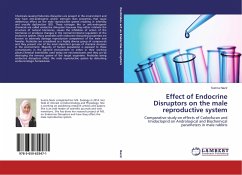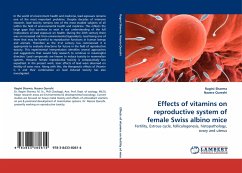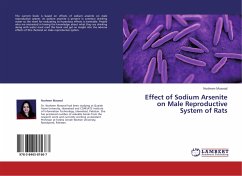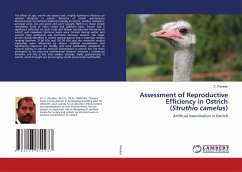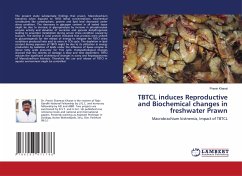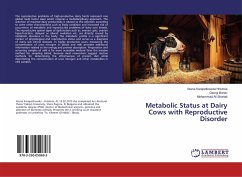Studies have revealed that there are numerous toxic chemicals available in the market since World War II which can act like natural hormone and fool the body's endocrine system. These endocrine disrupting chemicals or hormone mimics are called environmental estrogen or xenoestrogen. As many as 116 components have been identified as possible endocrine disrupting chemicals by European Commission in September 1999 out of which 50 endocrine disruptors including DDT, DDE, PCBs & even some pesticides like aldrin, dieldrin, heptachlor, kepone etc have been listed by WWF society. Environmental estrogens are ubiquitous in nature and are identified to be responsible for a number of physiological aberrations in human health as well as wildlife. A major area of concern has been in relation to the possible link between the effects of these chemicals and reported decline in sperm count along with the increasing reproductive disorders in living beings. This book particularly concentrates on industrial chemical Bisphenol-A, as a potential source of environmental estrogen.


